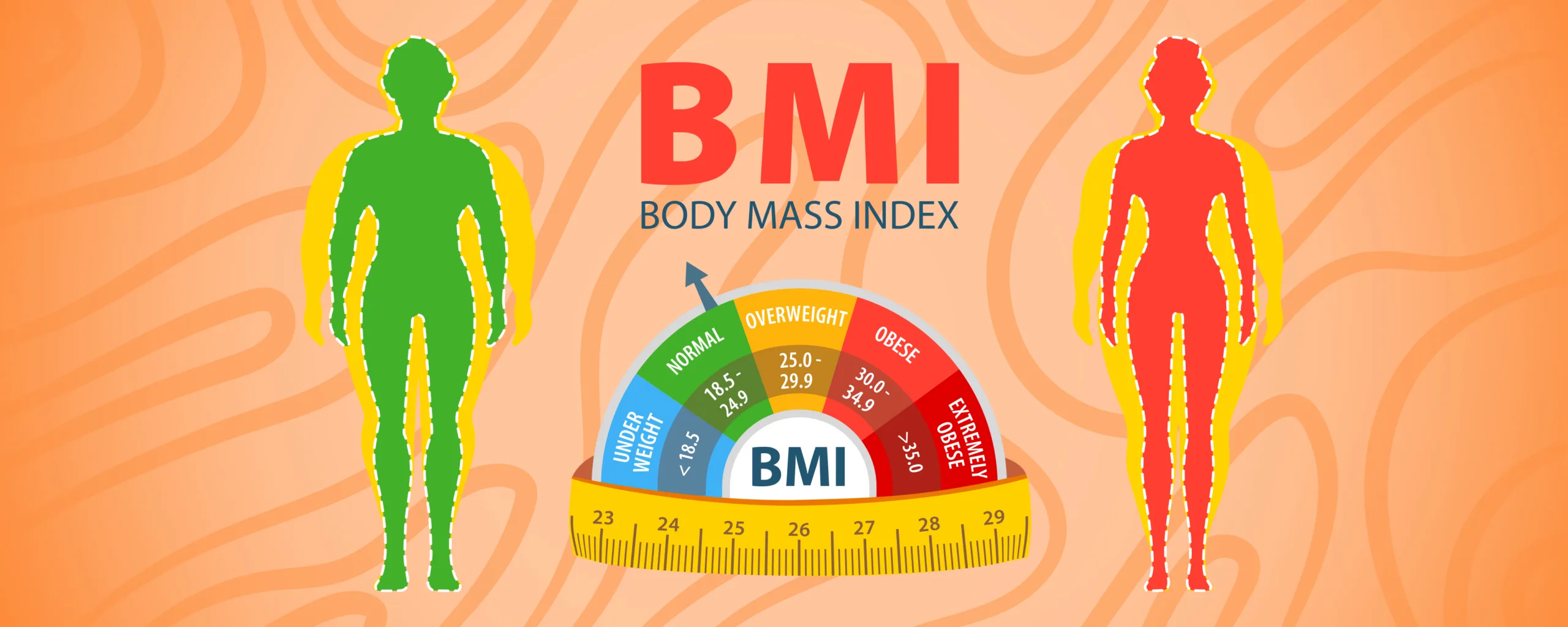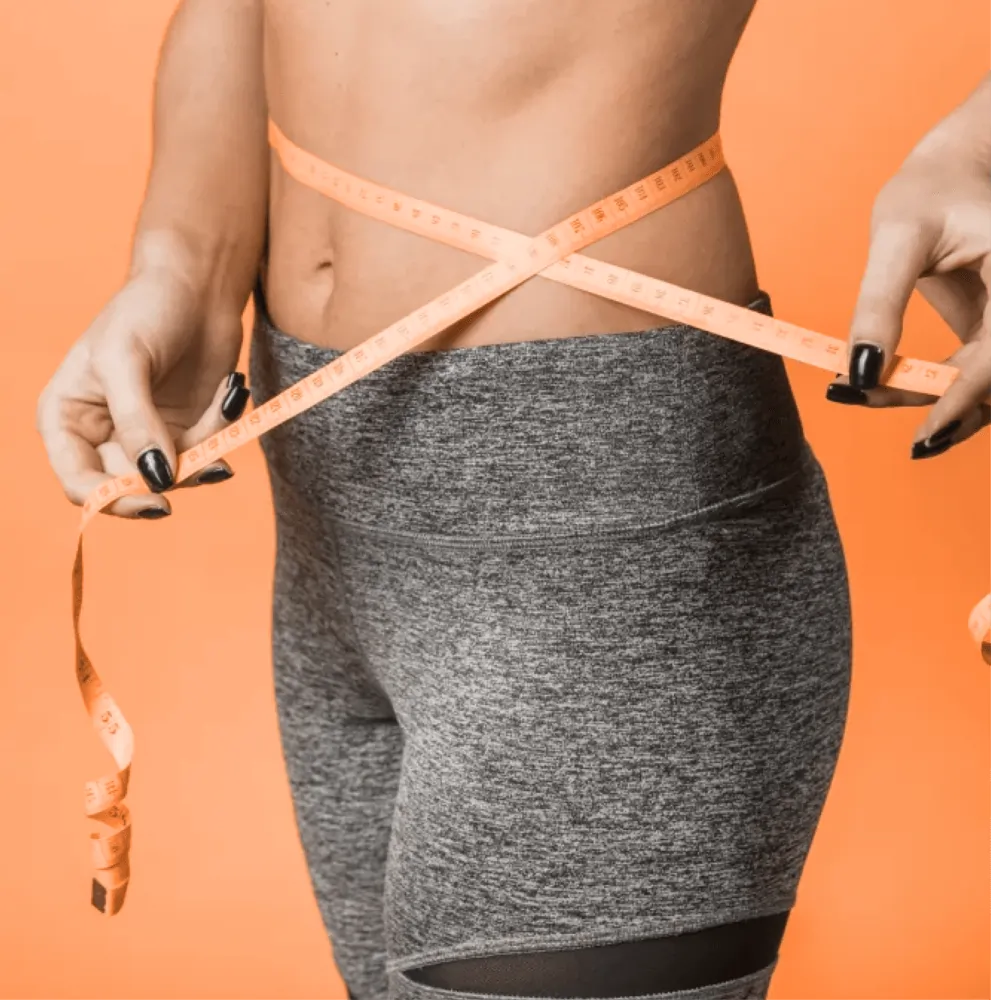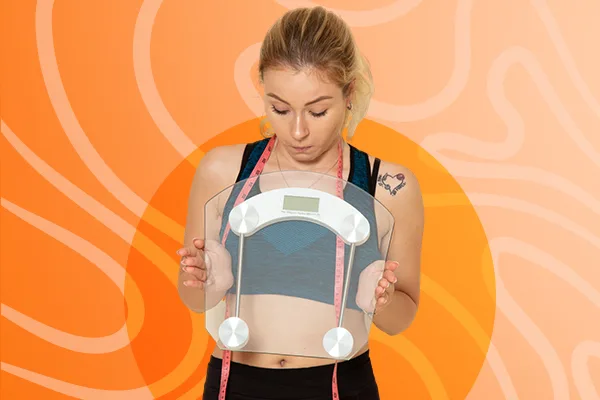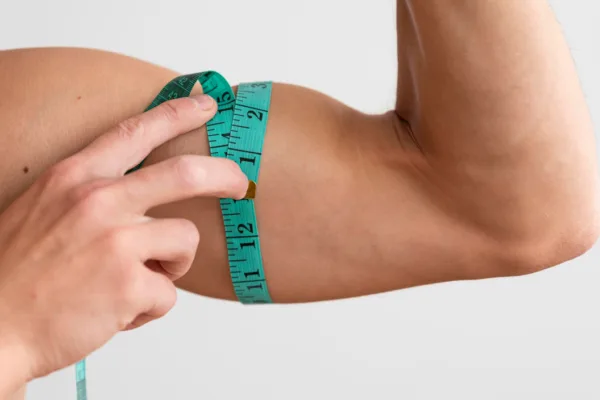Is the Body Adiposity Index a More Accurate Way to Measure Body Fat Than BMI?
The Body Adiposity Index (BAI) may offer a more accurate way to estimate body fat percentage than BMI, especially for individuals whose muscle mass skews BMI results. Unlike BMI, which uses only weight and height, BAI relies on hip circumference and height, making it more reflective of fat distribution.
Key takeaways:
- BAI = (Hip circumference in cm) / (Height in m)^1.5 − 18
- Better suited for estimating body fat percentage, not just weight status
- No need for weight scales or special equipment
- May over- or underestimate fat in some groups (e.g., elderly, very muscular)
Overall, the Body Adiposity Index is a useful, accessible alternative to BMI—but not a one-size-fits-all solution.
In the world of health and fitness, the Body Mass Index (BMI) has long been the standard for assessing a person’s body weight in relation to height. However, while BMI can provide a general indication of weight status, it fails to account for crucial factors such as muscle mass, fat distribution, and overall body composition. As a result, many experts have sought more accurate ways to measure body fat. One such alternative is the Body Adiposity Index (BAI), which is potentially a more accurate measure of body fat percentage.
This article will explore how the Body Adiposity Index (BAI) can serve as a valuable supplement—or even an alternative—to BMI for measuring body fat. We will examine how it works, the differences between BAI and BMI, its advantages, and potential limitations. Additionally, we will discuss how the BAI calculator can be used to estimate body fat percentage more precisely than BMI.

What is the Body Adiposity Index (BAI)?
The Body Adiposity Index (BAI) is a relatively new method for assessing body fat percentage. Unlike BMI, which is based solely on a person’s weight and height, BAI uses a combination of measurements to estimate body fat. Specifically, it calculates body fat percentage using hip circumference and height.
The formula for BAI is as follows:
BAI = (Hip Circumference in cm) / (Height in meters)^1.5 − 18
This formula allows for the estimation of body fat percentage without the need for complicated equipment like calipers or bioelectrical impedance scales. BAI has been proposed as a more accurate method for estimating fat percentage because it accounts for the distribution of fat, which is a key factor in health outcomes.

How Does BAI Compare to BMI?
To understand the value of BAI as an alternative to BMI, it’s essential to look at the primary differences between the two methods of measurement.
Measurement Parameters:
BMI is a simple calculation based on a person’s weight and height. It does not differentiate between fat and lean mass, meaning that someone with a high muscle mass may have a high BMI but not necessarily have a high body fat percentage. This is especially problematic for athletes or those with a muscular physique.
BAI, on the other hand, uses hip circumference in conjunction with height. This method attempts to account for fat distribution, particularly in the hips and lower body, which are areas where fat tends to accumulate in individuals.
Body Fat Distribution:
While BMI provides a general indication of a person’s weight status (underweight, normal, overweight, or obese), it does not provide any insight into where the fat is distributed on the body. This can lead to misclassifications. For example, two individuals with the same BMI may have very different levels of fat, depending on their body composition and fat distribution.
BAI has been developed with the aim of providing a better estimate of body fat percentage by considering fat distribution. This makes BAI a more nuanced and potentially more accurate measure of body fat, especially in individuals who may be misclassified by BMI alone.
Population Applicability:
BMI is widely used and accepted by health organizations around the world, but it has limitations, particularly in certain populations. For instance, BMI can be inaccurate for athletes, bodybuilders, and the elderly. Athletes with high muscle mass may fall into the “overweight” or “obese” categories based on BMI, even if their body fat percentage is low.
BAI, with its focus on body fat percentage rather than weight, may provide a more accurate reflection of fatness in these groups. However, BAI may not be as reliable in people with very low muscle mass or those who are elderly. The method may underestimate body fat in these individuals.
Weight
Height
Age

The Benefits of Using BAI for Fat Measurement
More Accurate Estimation of Body Fat Percentage:
One of the main advantages of BAI is its ability to provide a more accurate estimate of body fat percentage compared to BMI. As mentioned earlier, BAI uses hip circumference, which is an important indicator of fat distribution. This allows BAI to account for differences in body shape and fat storage areas, leading to a more precise assessment of fat levels.
Non-Invasive and Easy to Use:
Another key benefit of BAI is that it is non-invasive and simple to perform. Unlike methods such as dual-energy X-ray absorptiometry (DEXA) or hydrostatic weighing, which require specialized equipment and trained professionals, BAI can be calculated using basic measurements that can be taken at home or in a clinical setting. This makes BAI a convenient option for people looking to monitor their body fat percentage without undergoing costly or time-consuming procedures.
Potential for Better Health Risk Prediction:
Body fat distribution plays a crucial role in health outcomes. For example, visceral fat, which is stored around the abdominal organs, is associated with an increased risk of heart disease, type 2 diabetes, and other metabolic conditions. BAI’s ability to account for fat distribution could potentially make it a better tool for predicting health risks than BMI, particularly in individuals with a higher concentration of fat in the abdominal area.
No Need for Complex Equipment:
While other methods of fat measurement, such as skinfold calipers or bioelectrical impedance analysis (BIA), can be effective, they require specialized equipment and sometimes professional assistance. BAI, however, only requires two simple measurements: height and hip circumference. This makes it an accessible tool for many people.

Limitations of BAI
While the Body Adiposity Index (BAI) offers several benefits, it also has limitations for body fat measurement.
Inaccuracy in Certain Populations:
One of the main limitations of BAI is that it may not be as accurate in certain populations. For example, BAI has been shown to be less accurate in individuals with very low body fat levels, such as athletes with high muscle mass or people with very low muscle mass. Additionally, it may not be as reliable in the elderly. That’s because changes in body composition with age could affect the accuracy of the BAI formula.
Potential for Overestimation of Fat:
Some studies have found that BAI tends to overestimate body fat percentage in individuals with a higher amount of muscle mass. It also seems to underestimate fat percentage in individuals with low muscle mass. This means that BAI, although a more accurate measurement for many people, may still have some shortcomings in specific groups.
Lack of Standardization:
Unlike BMI, which is widely accepted and standardized by health organizations globally, BAI has not been universally adopted or recognized as a gold standard for fat measurement. There’s still ongoing research into its accuracy and potential to replace BMI as a standard tool for assessing body fat.
How to Use the BAI Calculator
The BAI calculator is a simple tool that calculates your body fat percentage based on height and hip circumference. To use the BAI calculator, you will need:
- Hip Circumference: Measure the circumference of your hips at the widest point (in centimeters).
- Height: Measure your height in meters.
Once you have these two measurements, you can enter them into a BAI calculator. It will then apply the BAI formula and give you an estimate of your body fat percentage.
The BAI calculator is available in various forms, including online calculators and apps. These tools make it easy for individuals to estimate their body fat percentage. It works without needing to visit a healthcare provider or invest in expensive equipment.

Conclusion
The Body Adiposity Index (BAI) offers a promising alternative to BMI for measuring body fat. By taking into account hip circumference and height, BAI provides a more accurate reflection of body fat percentage. It particularly affects individuals whose BMI may not accurately reflect their body composition. However, like any method of fat measurement, BAI has its limitations and may not be suitable for all populations.
As we move forward, further research into the effectiveness and applicability of BAI will be essential. In the meantime, individuals can use the BAI calculator as a helpful tool for tracking body fat percentage. That works especially for those who find BMI to be inaccurate for their specific body type.
References:






